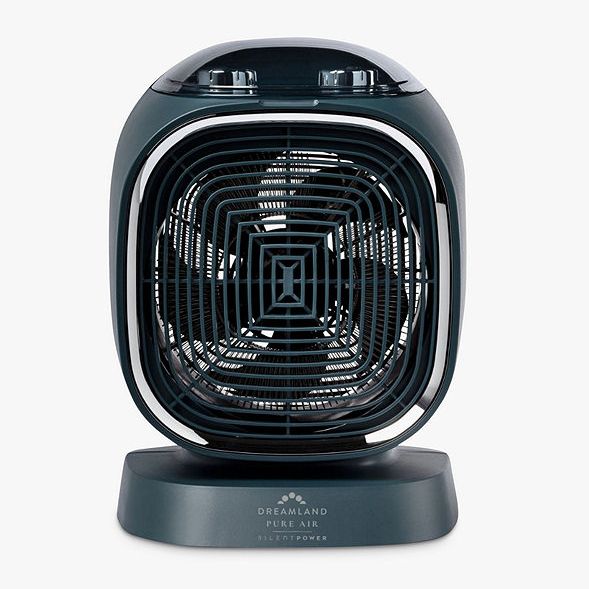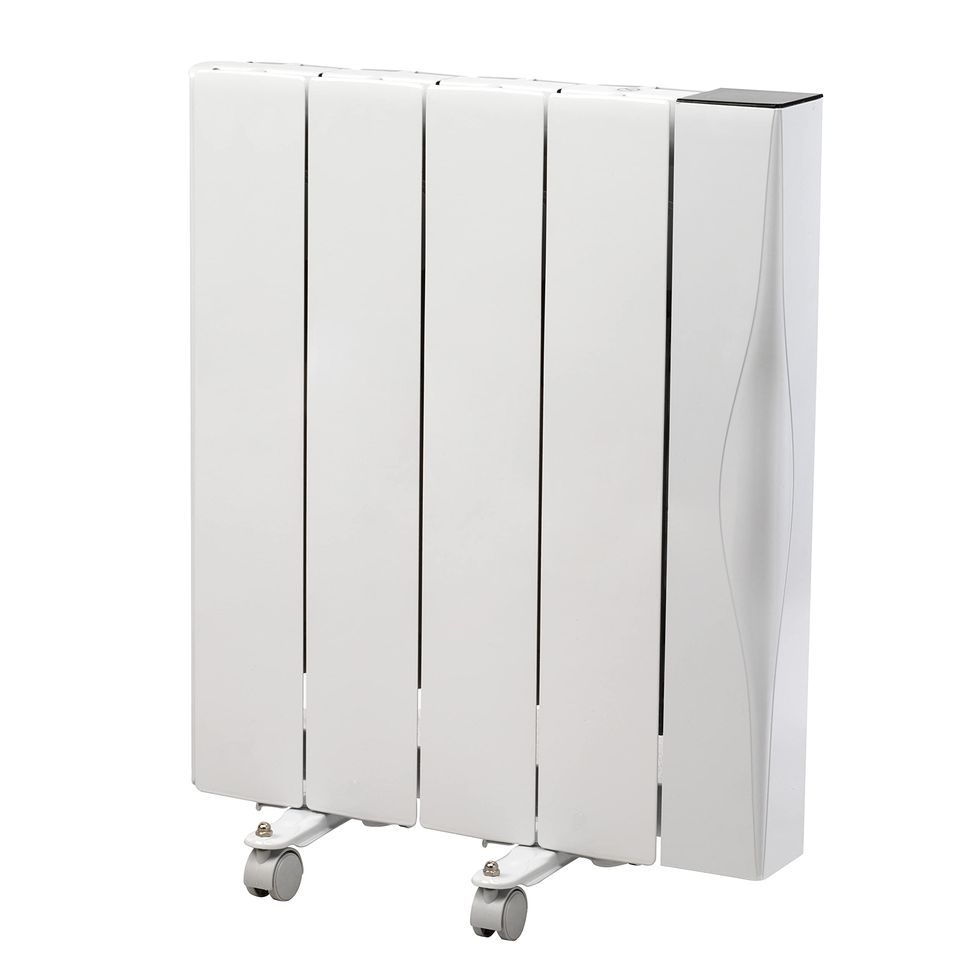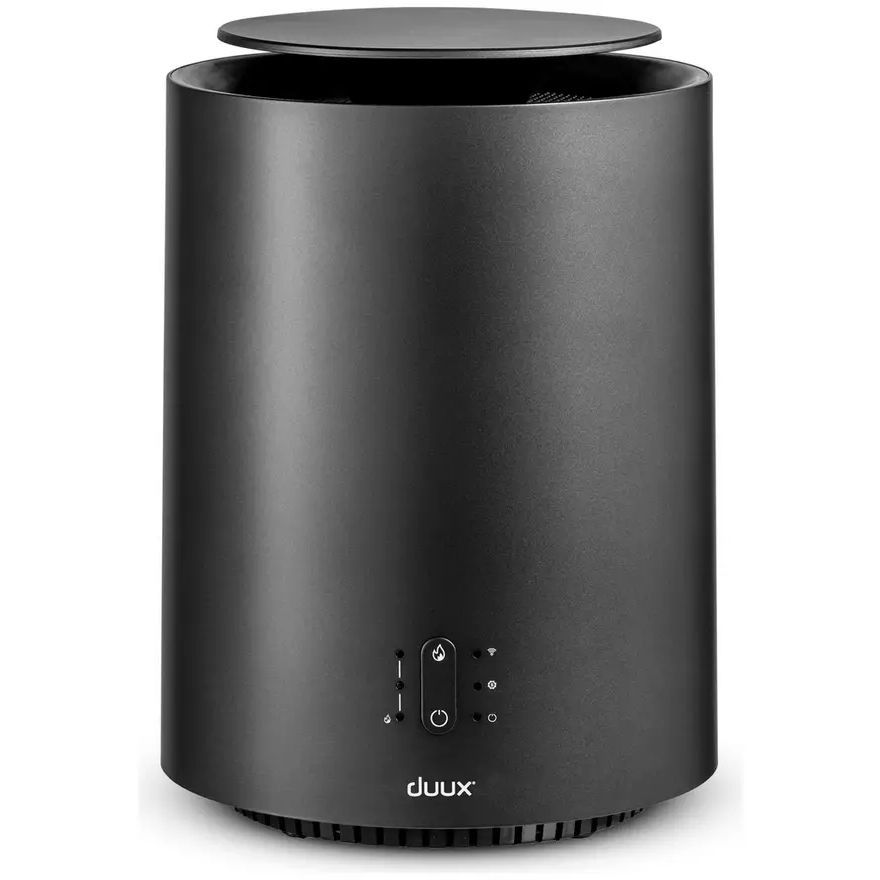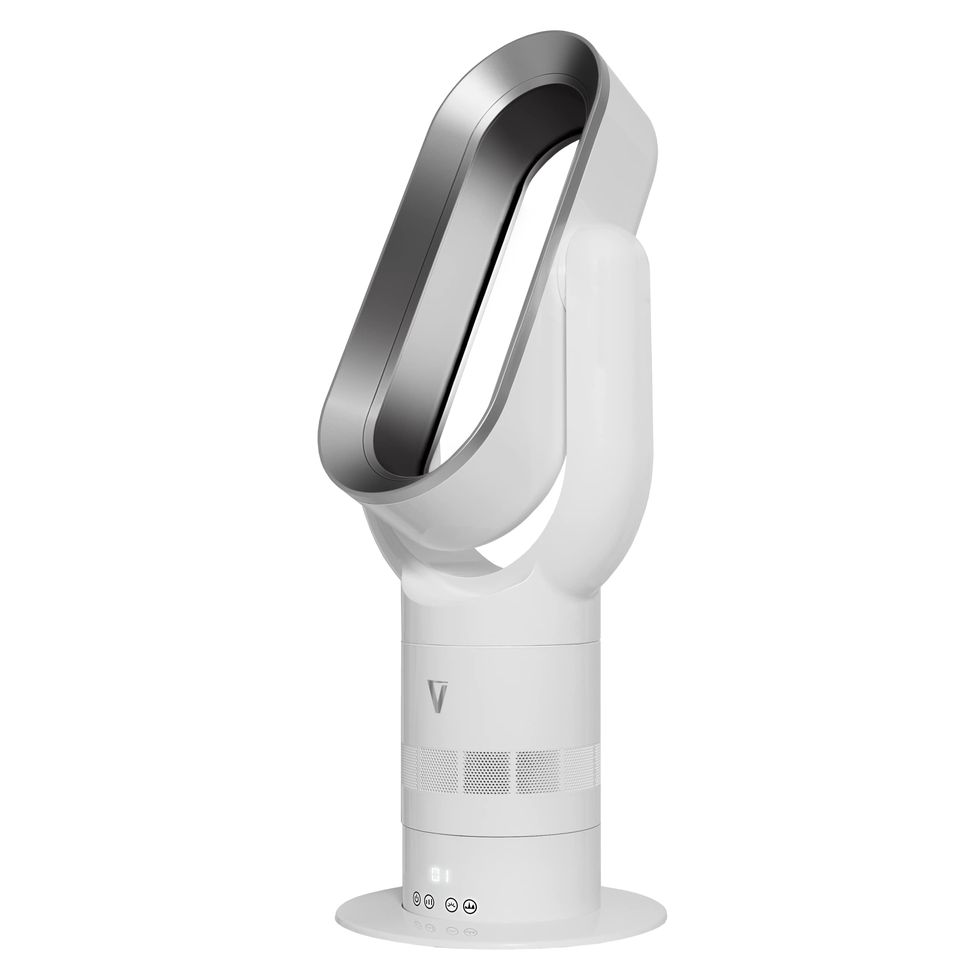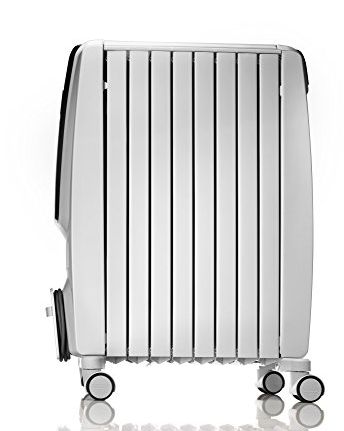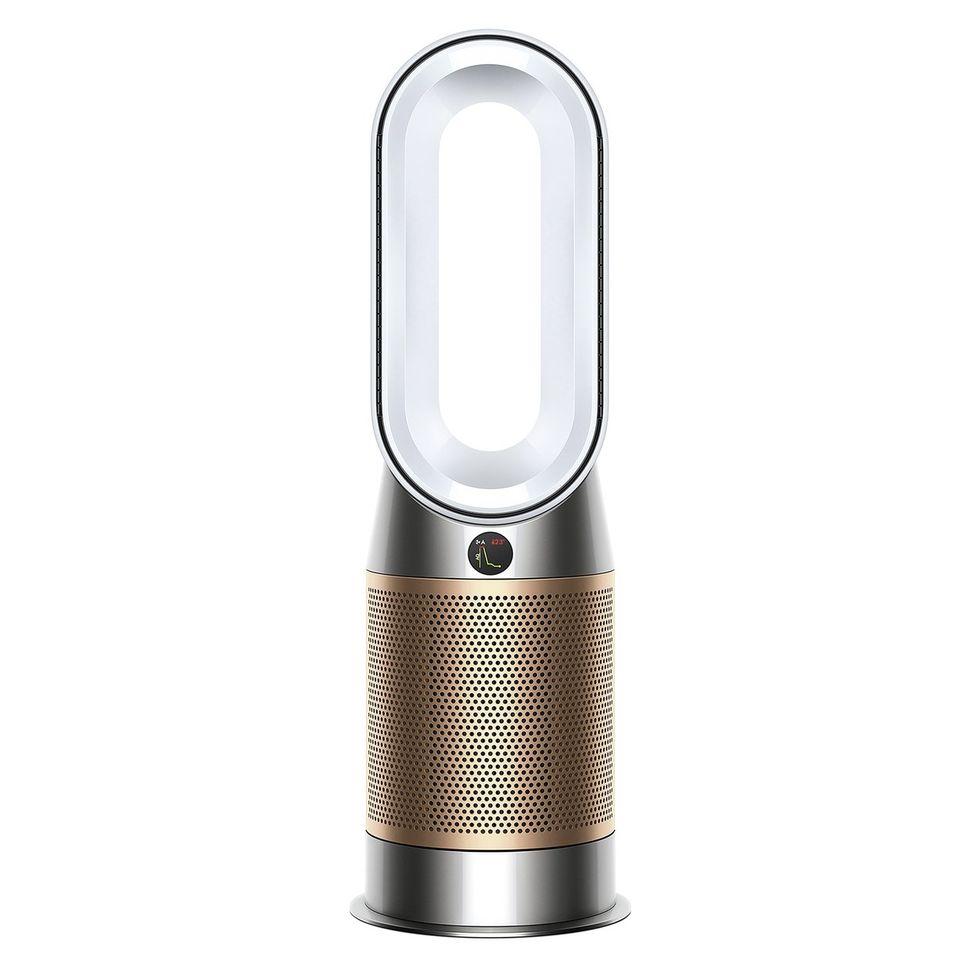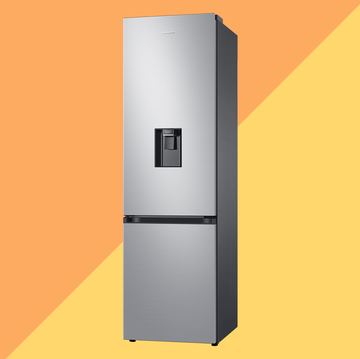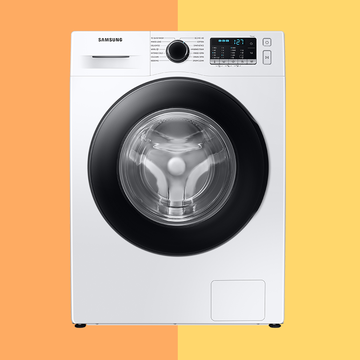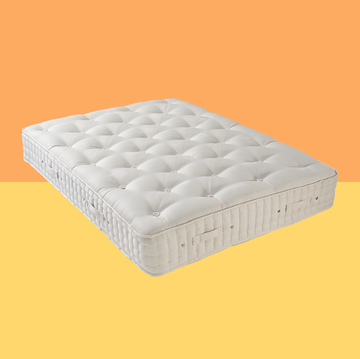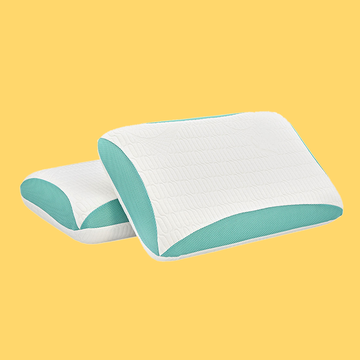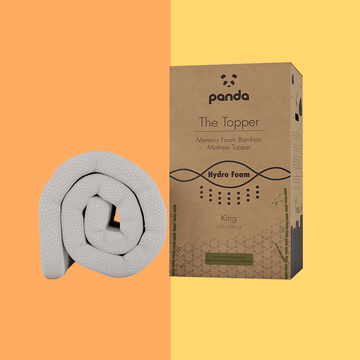We earn a commission for products purchased through some links in this article.
16 best electric heaters to keep you warm when temperatures drop
Including the most energy efficient models, tried and tested by the GHI

When it's chilly, some rooms can feel impossible to warm up. That's where the best electric heaters can really help.
Ideal for spaces where you don’t have traditional heating, such as attics or shed conversions or homes offices you're not in all the time, these portable radiators or fans can provide targeted warmth whenever needed – whether that’s toasting your feet in the study or giving your bedroom a pre-sleep blast.
They do have a reputation for guzzling energy, so it’s important to know you’re buying the most efficient electric heater possible. That's why the Good Housekeeping Institute set out to discover the truth behind their energy consumption, and find the best electric heaters for warming small spaces quickly.
If you’re replacing an existing electric heater, there are plenty of places for you to safely recycle your old one. Find your nearest electrical recycling point, or read our guide on how to donate or dispose of your appliances and tech for extra guidance.
Are electric heaters cheaper than central heating?
As everyone’s homes and electricity usage are different, this is a hard question to answer definitively. So, we turned to Joanna O’Loan, the Energy Saving Trust’s Knowledge Manager, for an expert opinion.
“Gas is a cheaper fuel than standard rate electricity, so if you have gas central heating, it will generally be cheaper to use than an electric heater,” she explains. “If you don’t want to heat your whole home, turn your radiator valves lower in the rooms you’re not heating and higher in the rooms you are.
“If you need to use an electric heater, place it in the part of the room you want to warm, a safe distance from you and any furniture. Use the heater’s thermostat and timer to avoid using more energy than you need.”
We’ve measured the energy consumption of each electric heater featured below when used on both its lowest and highest settings for an hour. You’ll find the prices in the specifications, so you can assess each model's overall affordability for you and your needs. All prices are based on the current £0.245/kWh electricity cap, set by the Energy Price Guarantee.
Are electric heaters safe?
Safety is paramount when it comes to using heated products. All the heaters we’ve featured below either have timers or auto shut-off features, which will turn them off if they get too hot. We’ve also highlighted whether they have handles, as this impacts their portability – many don’t, which means you'll have to wait until they’ve cooled down before you can safely move them.
How the electric heaters are used can also impact their safety, explains Giuseppe Capanna, Product Safety Engineer at the charity Electrical Safety First. “Some simple steps people can take to use their heaters safely are to avoid powering from an extension lead, as this can overload and cause fires, and to ensure they are at least a metre away from combustible materials such as clothes,” he says.
“We would advise people to only use these devices when they are in attendance and awake. It’s important that you never leave them unattended or on overnight in case something happens. Alternatively, people could warm the room before going to bed.”
What type of heater is best?
We’ve tested three different types of heaters – here are the pros and cons of each.
Radiators
Similar in appearance to the radiators you’ll find in your home, these portable versions generally heat and circulate oil instead of water to generate their warmth.
They are also Giuseppe’s top pick for safety and efficiency. “Unlike fan heaters, halogen heaters and convection heaters, oil filled radiators don’t have exposed heating elements and the heat from them is less intense, so they're less likely to ignite any items near-by,” he says.
“They take longer to warm up, but they also continue to give out heat after they have been switched off. They are generally more economical to run than a fan heater or a convection heater. However, the fins still get quite hot so keep children from touching the radiators while they warm.”
Convection heaters
These heaters circulate air throughout the unit and into the surrounding space, so they are generally quiet and better at evenly warming an entire room. Like radiators, they can take a while to warm up.
Fan heaters
Ideal for quick, targeted warmth, fan heaters work by blowing air over a heated element as it passes into the room – this means they can be noisy. They’re best used for short blasts, rather than extended periods of time, as the elements don’t always retain heat well (which means they must keep reheating, using more electricity). Fans with ceramic elements are generally more efficient.
What to look for in an electric heater
Once you’ve settled on the best type of heater for your room and needs, there are a few extra things to consider.
Size: As heaters are best used to warm smaller spaces, check the dimensions to ensure you have room to position it safely and to store it away when it’s not needed.
Portability features: If the heater is going to sit in the same spot, you won’t need these, but if you’re likely to move it around your home, wheels and handles can prove useful.
Timers and thermostats: These give you more control over how long your heater runs for and the warmth it emits. Setting a timer and thermostat also means you can use your fan more efficiently, as it will turn off once it's been on for a set period of time or when the room reaches your desired temperature – much better than guessing or leaving it on for longer than necessary!
Wattage: We’ve highlighted the energy consumption for the products on this list, but where you’re not sure about a heater’s efficiency, check its wattage. Broadly speaking, the higher the wattage, the more energy it’s going to use.
Smart connectivity: Falling firmly in the nice-to-have category, you can connect to some heaters on this list via apps. This means you can control them remotely – perfect if your home office starts getting toasty mid-Zoom.
How we test electric heaters
To find the best electric heater, our Good Housekeeping Institute experts start by measuring their power consumption. They run each heater for an hour on its highest and lowest setting and calculate how much it costs for that period.
They also carry out two tests to see how effective each heater is at warming a small room. Firstly, they measure the temperature at a series of set distances away from the heater. This helps them ascertain whether it needs to be placed near you or if it can heat the whole space from afar.
Then they assess how comfortable it is to sit in a room with the heater. Our experts ensure the room is cold beforehand, then use the heater on max to see what difference it makes.
For fan heaters, our experts also measure their air strength using a device called an anemometer; the more powerful the air strength is, the more likely you are to feel its effects quickly.
Finally, they measure how loud each heater is, to ensure it won’t prove too disruptive if it’s running in the background when you're trying to work or watch TV.
Throughout testing, they assess the heater’s overall design and ease of use, awarding it a final score that takes all the results into account. These are their best buys for a cosy winter.
Hannah is our homes editor, specialising in reviewing the latest kitchen appliances, cleaning products, mattresses and bedding, and crafting equipment. Hannah has written about hundreds of products, from air fryers to smoothie makers to pillows, and is committed to finding the most reliable and best value for money buys.
Hannah is also interested in sustainability in the home and has completed a course with the University of the Arts London in sustainable textiles, so she can help cut through the noise on what’s green and what’s not. Hannah has an MA in Magazine Journalism and has previously worked as a freelance lifestyle and women’s sports journalist, working for Stylist, Sky Sports and more.
Hannah has also previously worked in a florist and can normally be found caring for her house plants or sewing something new for her home or wardrobe.
Blossom is passionate about finding the best home products and appliances for GH readers. As head of the homes testing team, she has led reviews across multiple categories, from pizza ovens, and smart plugs to portable fans and hobs. She enjoys delving into the intricacies of products and refining testing protocols to ensure we’re testing them against their claims. Her aim is to find the top-performing products on the market, to help take the hard work out of housework. Blossom’s most notable accomplishment in the lab has been toasting 528 slices of bread in her quest to find the best toasters money can buy. In her free time, she openly admits to being a music geek and indulges her creative side through crocheting, baking, singing and writing.
Connie is responsible for reviewing a wide range of homes products in the GHI lab, something she’s really passionate about. She loves helping readers to find the right buy for their budget and needs. As someone who finds cleaning extremely satisfying and therapeutic, vacuums have become one of her favourite categories to test. Previously, she worked as a product tester for The Sleep Advisors, where she reviewed hundreds of mattresses, pillows, toppers and sleep gadgets. With a BA (Hons) in Photography, Connie loves getting creative with the camera in her spare time, and also enjoys colouring and digital design. Her attention to detail plays a big part in every test she does, ensuring nothing goes unnoticed and all results are accurate.


The best weighted blankets, tried and tested
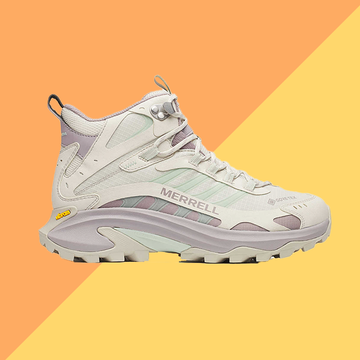
14 best walking boots and shoes for women

15 best memory foam pillows to buy in 2025
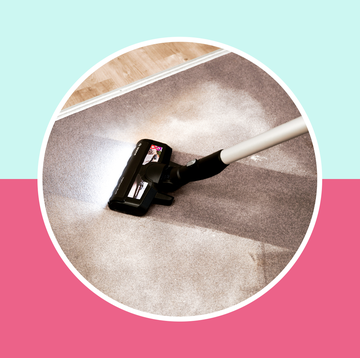
15 best cordless vacuum cleaners, tried and tested


